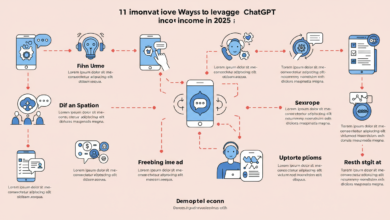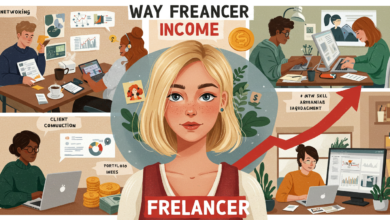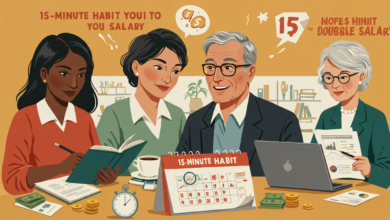Best SNL 1975 Ads: A Nostalgic Look Back at Saturday Night Live’s Classic Sketches

In the first season of Saturday Night Live (SNL) in 1975, the show revolutionized comedy with its sharp satire and absurd humor. Among the highlights were its parody commercials—hilarious, creative takes on advertising culture that quickly became a defining feature of the show. These fake ads poked fun at consumerism, societal norms, and the advertising industry with wit and brilliance. Here’s a nostalgic dive into the best SNL 1975 ads that remain timeless classics. You know about best snl 1975 ads.
1. Bass-O-Matic
One of the most iconic fake commercials from SNL’s debut season was the Bass-O-Matic. Dan Aykroyd played an overenthusiastic salesman pitching a blender designed to liquefy whole fish. With lines like, “You’ll never have to scale, cut, or gut again!” the sketch hilariously mocked the absurd promises of infomercials. The Bass-O-Matic is a perfect example of SNL’s unique ability to combine ridiculous concepts with sharp social commentary.
2. New Shimmer
New Shimmer was another standout, parodying dual-purpose products. In this sketch, Dan Aykroyd and Gilda Radner argue over whether Shimmer is a floor wax or a dessert topping. The punchline? It’s both! This absurd premise and the performers’ exaggerated debate perfectly highlighted the over-the-top claims often made in real commercials, making it a fan favorite.
3. Puppy Uppers and Doggie Downers
This parody pharmaceutical ad tackled the trend of medicating pets. Puppy Uppers and Doggie Downers featured Laraine Newman as a pet owner using stimulants and sedatives to manage her dog’s energy levels. With its dark humor and critique of overmedication, the sketch showcased SNL’s knack for addressing serious issues through comedy.
4. Jamitol
In Jamitol, SNL spoofed exaggerated health claims from vitamin commercials. Jane Curtin portrayed a housewife who, after taking Jamitol, transformed into a tireless, almost robotic domestic servant. The sketch cleverly satirized both the advertising industry and societal expectations of women, making it both funny and thought-provoking.
5. Spud Beer
Spud Beer was a parody promoting a beer made from potatoes. With its rustic vibe and slogans like “When you’ve had one too many, Spud makes it easy to forget,” the ad hilariously mocked niche products. Its absurdity paired with deadpan delivery made it a memorable classic.
6. Triple-Trac Razor
The Triple-Trac Razor ad skewered the razor industry’s obsession with adding more blades. Chevy Chase starred in this parody, promoting a three-blade razor with dramatic voiceovers and visuals. The punchline, “Because you’ll believe anything,” was a biting critique of consumer gullibility and unnecessary product innovation.
7. General Bullwright’s Chicken
In General Bullwright’s Chicken, Bill Murray pitched a fast-food chain known for its “super-extra-greasy chicken.” The parody hilariously critiqued the unhealthy nature of fast food and the absurd lengths companies go to in their marketing strategies. The over-the-top visuals and exaggerated slogans struck a chord with viewers.
8. Autumn Fizz
Autumn Fizz was a clever take on the commercialization of seasonal products. The ad promoted a fall-themed soda with flavors like maple syrup and pumpkin spice, poking fun at the endless array of seasonal offerings. Its relevance has only grown with today’s obsession with limited-edition seasonal products.
The Legacy of SNL’s Parody Ads
The parody commercials from SNL’s first season set a high standard for satire in television. They weren’t just funny; they were incisive critiques of modern life and consumerism. These fake ads resonated with audiences by holding a mirror to society and its quirks while making everyone laugh.
The original cast and writers of SNL displayed immense creativity in crafting these sketches. Their ability to deliver impactful, concise narratives within the confines of a short commercial format remains a testament to their talent.
Why These Ads Still Matter
Even decades later, SNL’s 1975 parody ads remain relevant. They serve as a time capsule of the 1970s, reflecting the cultural and social dynamics of the era. At the same time, their themes—consumerism, advertising absurdities, and societal critiques—are timeless.
In today’s world, where advertisements often blur the line between reality and exaggeration, these parodies remind us to approach marketing with skepticism. They encourage us to laugh at the ridiculousness of advertising while reflecting on how it shapes our desires and perceptions.
Conclusion
The best SNL 1975 ads represent a golden era of comedy that blended humor with insightful commentary. From the absurdity of the Bass-O-Matic to the biting satire of Triple-Trac Razor, these sketches remain a testament to Saturday Night Live’s enduring brilliance. They remind us of the power of comedy to entertain, challenge, and inspire—a legacy that continues to delight audiences today.



